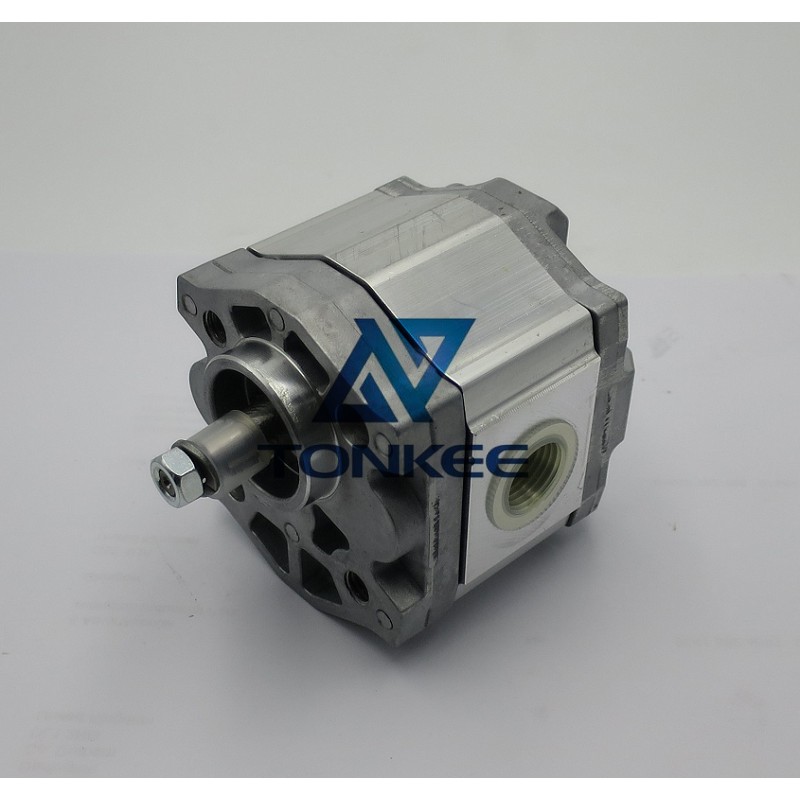
A hydraulic gear pump operates on the principle of positive displacement.
It consists of two meshing gears, typically a driving gear (connected to the power source) and a driven gear (connected to the load). As these gears rotate, they create a low-pressure area that draws in hydraulic fluid. The fluid is then transported between the gear teeth and pushed out at high pressure, generating a continuous flow.
Flow Rate:
One of the key specifications of a hydraulic gear pump is its flow rate, typically measured in liters per minute (LPM) or gallons per minute (GPM). This parameter determines the volume of hydraulic fluid the pump can deliver per unit of time and is crucial for sizing the pump according to the specific application's requirements.
Pressure Rating:
The pressure rating of a gear pump is another vital specification. It indicates the maximum pressure the pump can generate, usually measured in pounds per square inch (PSI) or bars. Selecting a pump with the appropriate pressure rating is essential to ensure safe and efficient operation within a hydraulic system.
Displacement:
Displacement refers to the amount of fluid the pump can move per rotation of the gear shafts. It is typically measured in cubic inches or cubic centimeters per revolution. The displacement value is essential for determining the pump's capacity and calculating its flow rate at different speeds.
Speed Range:
Hydraulic gear pumps can operate effectively within a specific range of speeds.
This range depends on the design and construction of the pump. Knowing the allowable speed range is crucial to prevent overheating or premature wear of the pump.
Efficiency:
Efficiency is a critical specification for hydraulic gear pumps. It indicates how effectively the pump converts mechanical energy into hydraulic energy. Highly efficient pumps reduce energy consumption and heat generation while maximizing the output flow and pressure.
Mounting Configuration:
Gear pumps come in various mounting configurations, including flange-mounted, foot-mounted, and SAE-mounted options. The choice of mounting configuration depends on the specific application and space constraints.
Material of Construction:
The materials used to manufacture the pump's components, such as the gears, housing, and shafts, are essential for durability and compatibility with the hydraulic fluid being used. Common materials include cast iron, steel, and aluminum.
Seal Type:
Proper sealing is crucial to prevent leakage and maintain system efficiency. Hydraulic gear pumps typically use lip seals or mechanical seals, and the choice depends on the application's requirements and the type of hydraulic fluid used.
Noise Level:
Noise emission is a critical consideration, especially in applications where low noise is a requirement. Gear pumps are known for producing moderate levels of noise, but quieter models with improved designs are available.